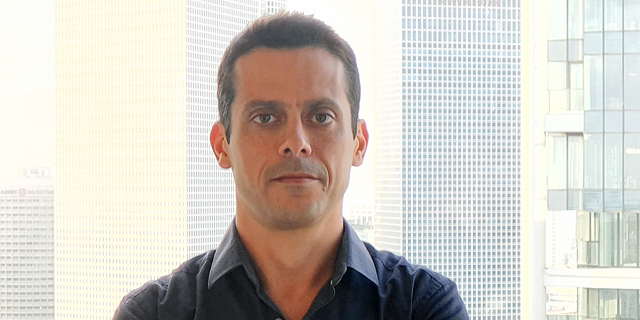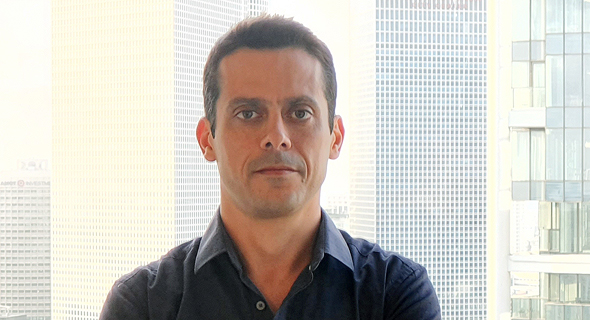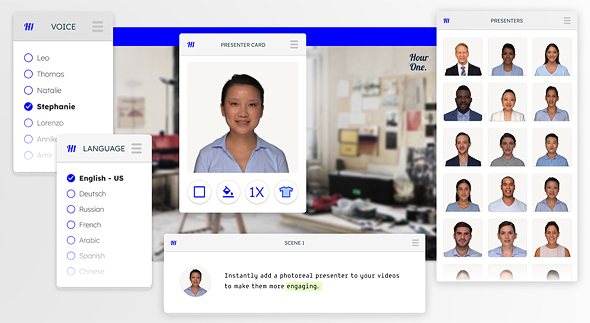
Interview
Hour One CEO wants you to “go and create”
The Israeli startup’s AI-based video production platform transforms your text into video, using computer-generated characters based on real people
Daniel Farber-Ball | 13:46, 04.09.21
“Our product enables users, in a very simple way, to create a video without having any background in video production,” said Oren Aharon, CEO and co-founder of Hour One, an AI-based video production platform that creates content from text, using computer-generated synthetic characters based on real people for professional and commercial use.
“Companies today understand that ‘push’ strategy does not work. You cannot chase after customers or people and try to explain, it is very difficult and actually does not work anymore,” Aharon said. “You need to make amazing content, you need to create something very interesting, a story, a visual, to pull people to use your product. People today find that very difficult to do with only text or text and images, it does not work because we are in the video era.”
Aharon, who founded Hour One with CTO Lior Hakim in 2019, refers to his company’s product as a “third-generation storytelling format” stating it enables “people to express knowledge in video format,” and “it enables people to tell a story, to carry a narrative with a character and make it from text, in a very simple way.”
An actively critical and in-depth look at the examples already uploaded on the company website could spot some issues with the synthetic characters such as sync, lack of emotion, and monotonic presentation, although those criticisms are minor and will likely be solved as the technology progresses. At the end of the day, those videos are engaging, deliver their intended message, and most of all will seem human to most viewers.
Currently, Hour One offers about 100 characters with the hope to increase that number to 1,000 in the next six months. Other new features such as switching between languages, adding a layer for video analysis, and typing the text while the video is playing in real-time are already in the works. “We are constantly improving our self-service platform where you can go in and create your videos. The product will be amazing, it already is but it will grow even more amazing because we have so many layers and features to it. That’s the main focus of the company, to make it work for our customers,” he added.
“Hour One’s main focus is to build our service for worlds of labor, a B2B model, self-service, and the idea is that companies will be the customers and they will use our product for building theirs,” Aharon said. “So one example is a huge project we are doing with Berlitz. Basically, we have created eight Berlitz teachers on our platform, teaching Spanish and German.”
“Another use is helping startups create how-to videos for their knowledge bases. Companies today basically use us to take their knowledge base texts, make them a little more friendly and interesting and then turn it into a video with a presenter.”
When tackled with issues of fake news, possible misuse of the technology, or its potential effect on the film, television, and video industries, Aharon was not phased. While acknowledging these potential issues, he stands fully behind his company’s actions and regulations. “We are ahead of the industry in trying to create the modal for the industry. We mark all of our videos as altered visuals, which is a part of possible future legislation in the U.S.,” Aharon explained. “I think, in the past, people regarded technology as an enabler to create false events or false news, and it is not just recently with video,” he continued. “Photoshop, for example, was something that 20 years ago people regarded as a crazy thing that people can change an image with, and it did not happen. It is very clear that the things people talk about did not happen, maybe a handful of times in the last few years, really on the sidelines. Sometimes leaders say things, you know are recorded, and ten minutes later they say the opposite and everything is fine. So I think people are mostly confused today about the data but it is not because of the technology, it is because of the power of people over the media.”
